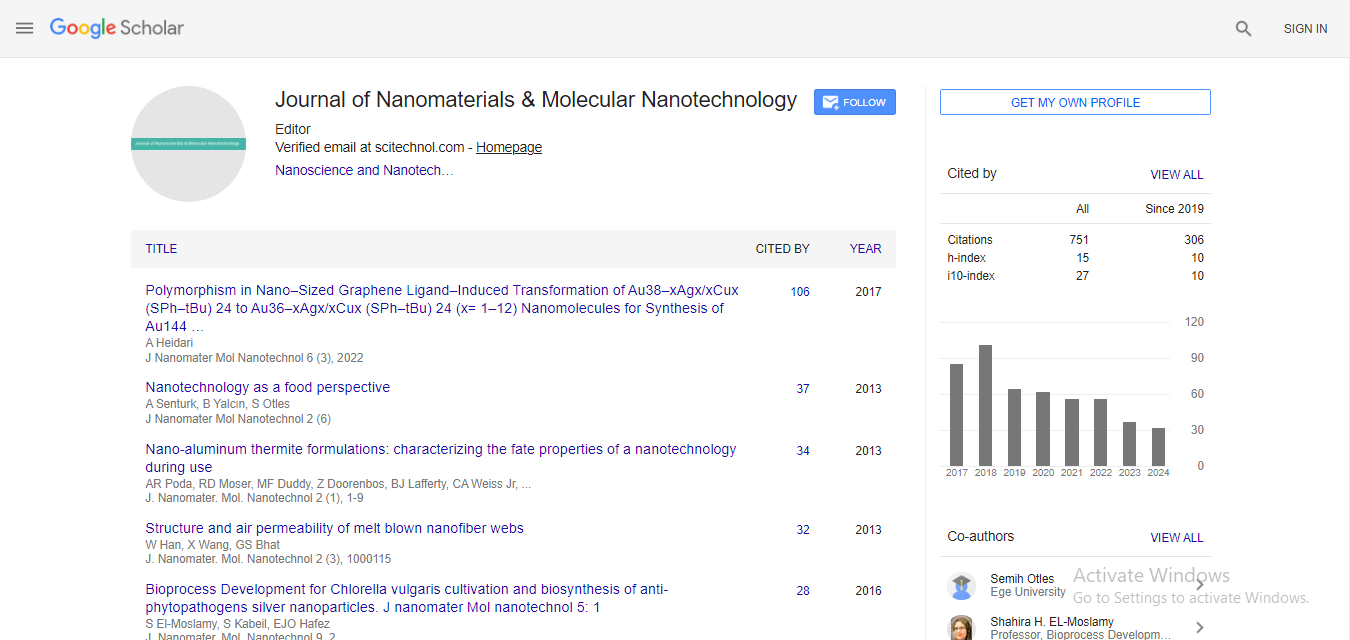Design and characterization of chitosan/calcium alginate nanocapsules for oral delivery of Liraglutide in diabetic patients
Seyedeh Fatemeh Shamekhi and Khosro Khajeh
Tarbiat Modares University, Iran
: J Nanomater Mol Nanotechnol
Abstract
Increasing prevalence, variable pathogenesis and natural history of progressive type II diabetes result in compulsion of repeated insulin injection, consequently pancreas activity failing as well as patient inconvenience, highlight the need for immediate adoption of new therapeutic strategies. In this study, Liraglutide loaded nanocapsules were prepared by ionotropic gelation. The effect of coating combination including sodium alginate, calcium chloride and chitosan concentrations on the particle size and gastric conditions stability was studied based on RSM. The beads were characterized through DLS, SEM, TEM and FTIR. Beads stability over storage and gut simulation conditions, encapsulation content and efficiency and in vitro release behavior were investigated. The diameter of the beads formed was most dependent on the encapsulation technique and calcium concentration. The optimum combination for producing beads smaller than 600 nm was alginate concentration of less than 0.75% and chitosan concentration of up to 1% and calcium up to 1% at pH 6.0. The resulting bead formulation had a loading efficacy of 96.5% and scanning electron microscopy images showed spherical and smooth particles. Chitosan concentration significantly influenced stability over 2 month storage. Decreasing the alginate concentration resulted in smaller sizes but gastric condition stability reduction.
Biography
Email: fateme_shamekhy@yahoo.com
 Spanish
Spanish  Chinese
Chinese  Russian
Russian  German
German  French
French  Japanese
Japanese  Portuguese
Portuguese  Hindi
Hindi 



